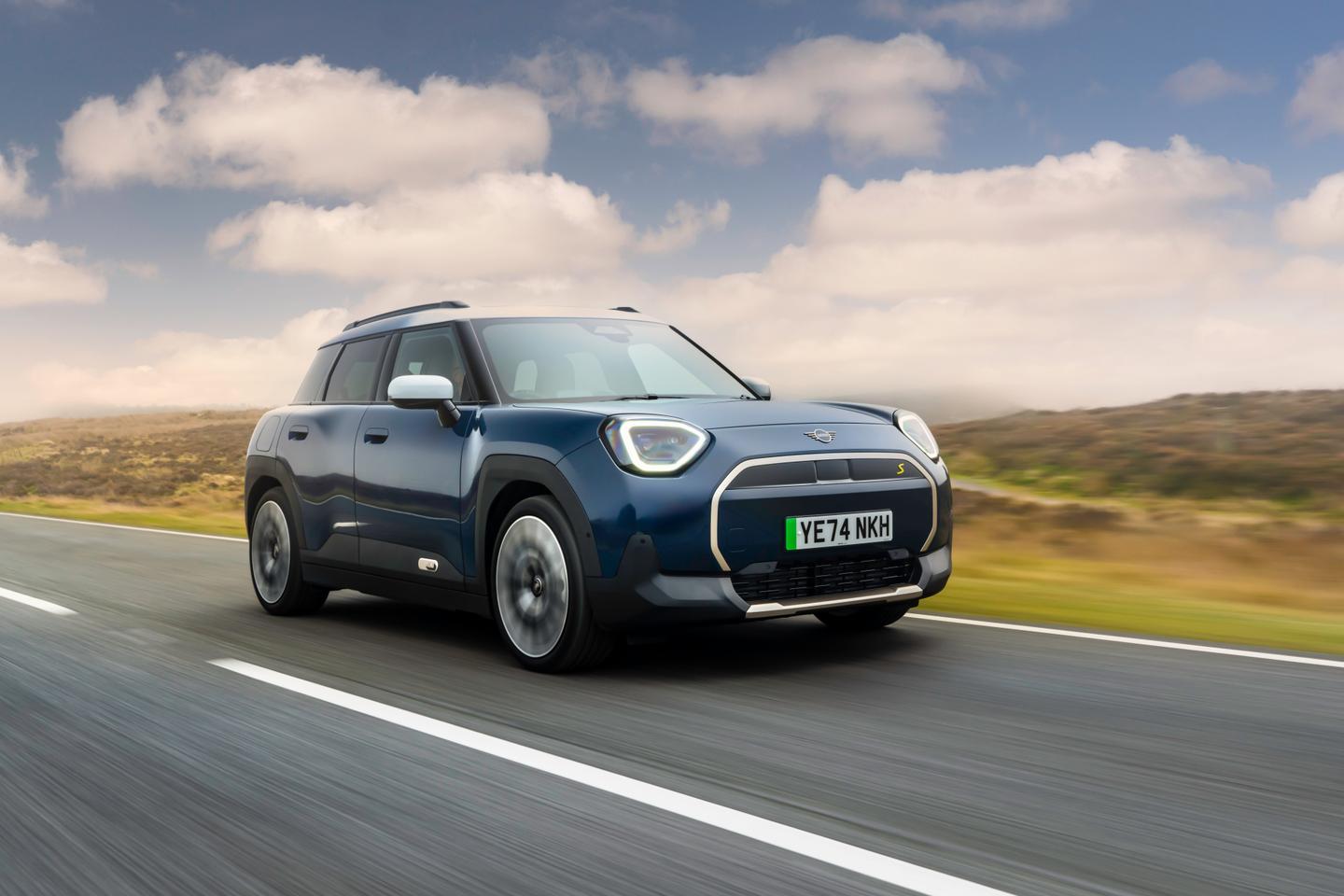
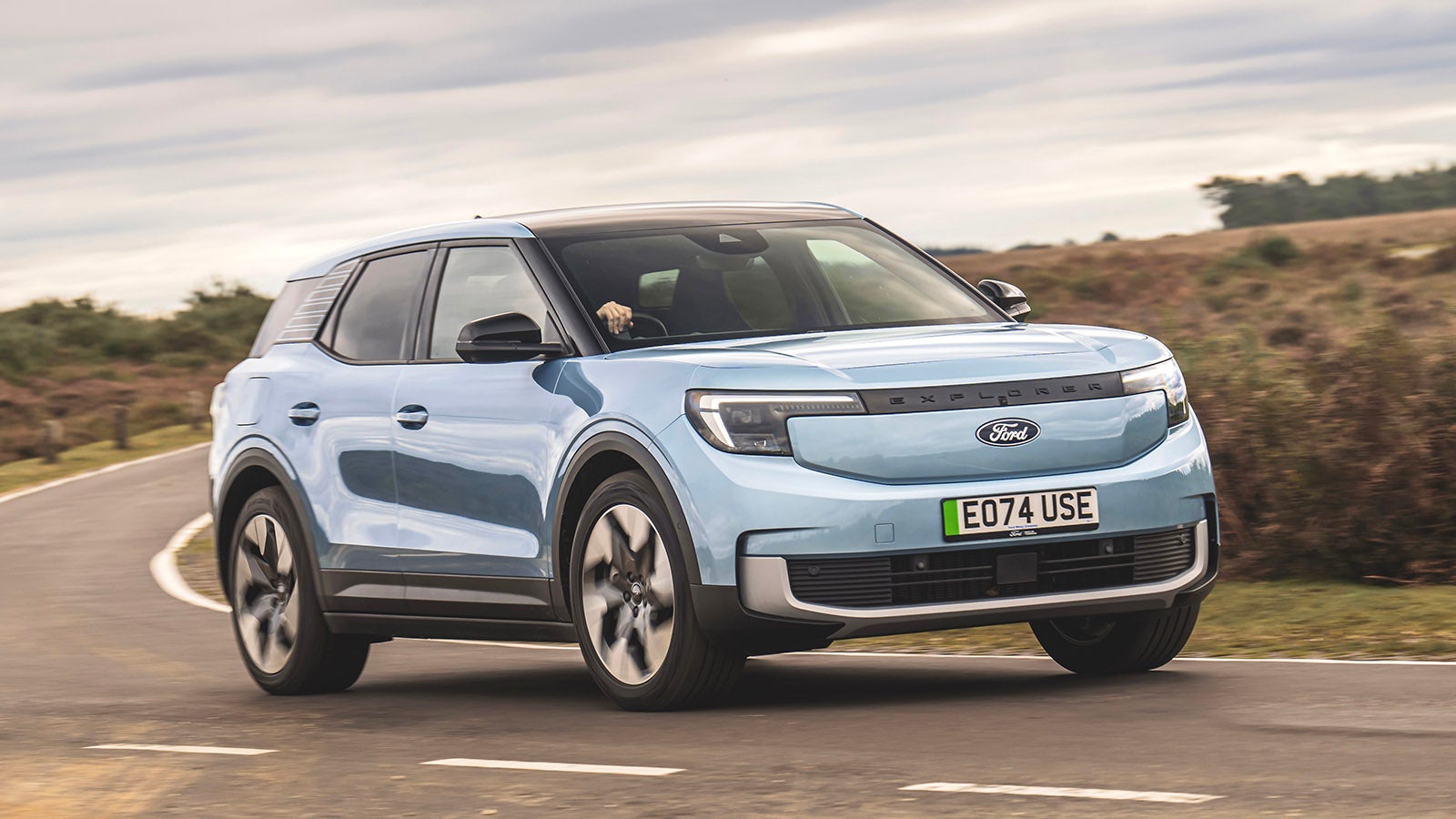
.jpg)
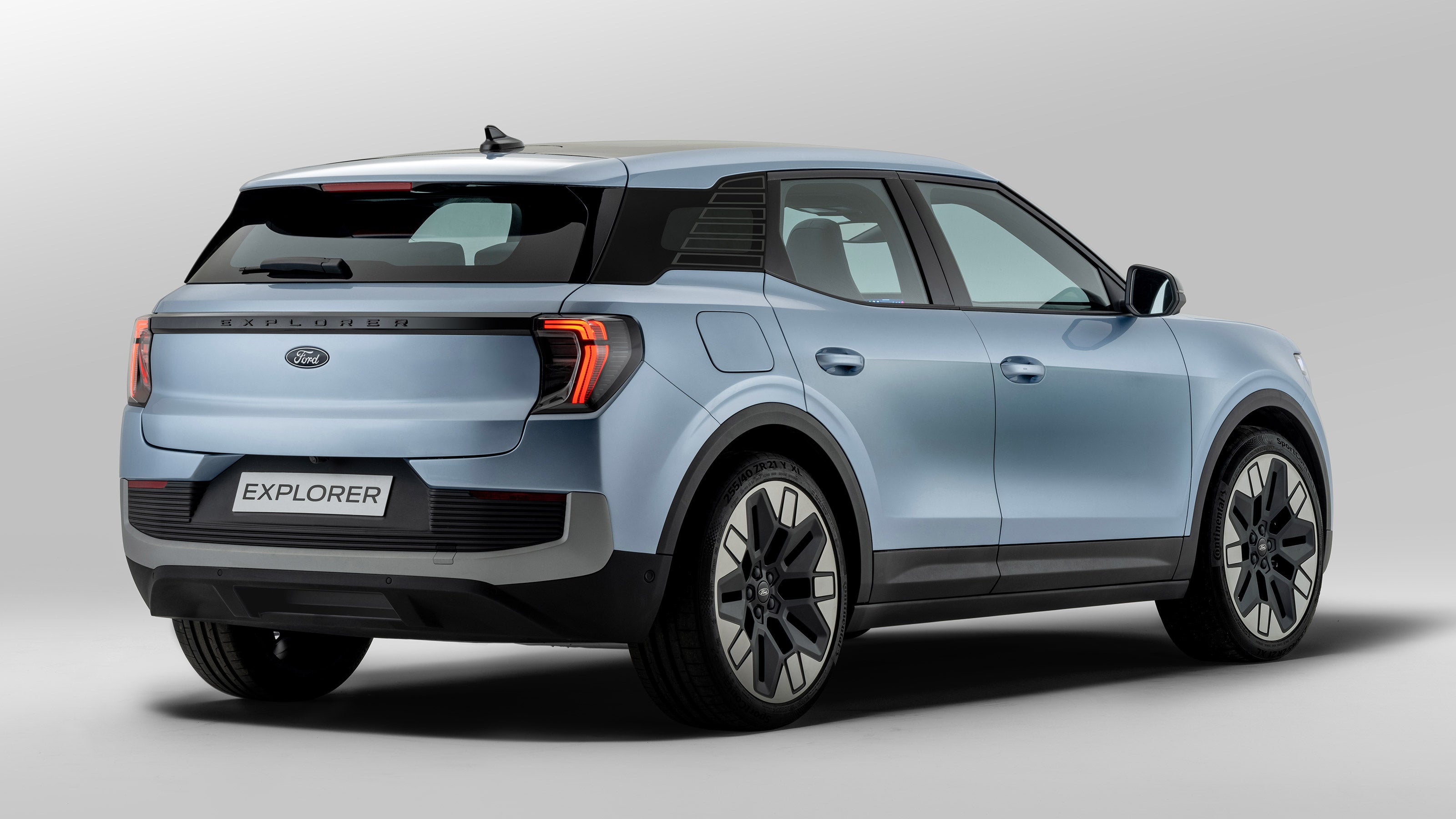
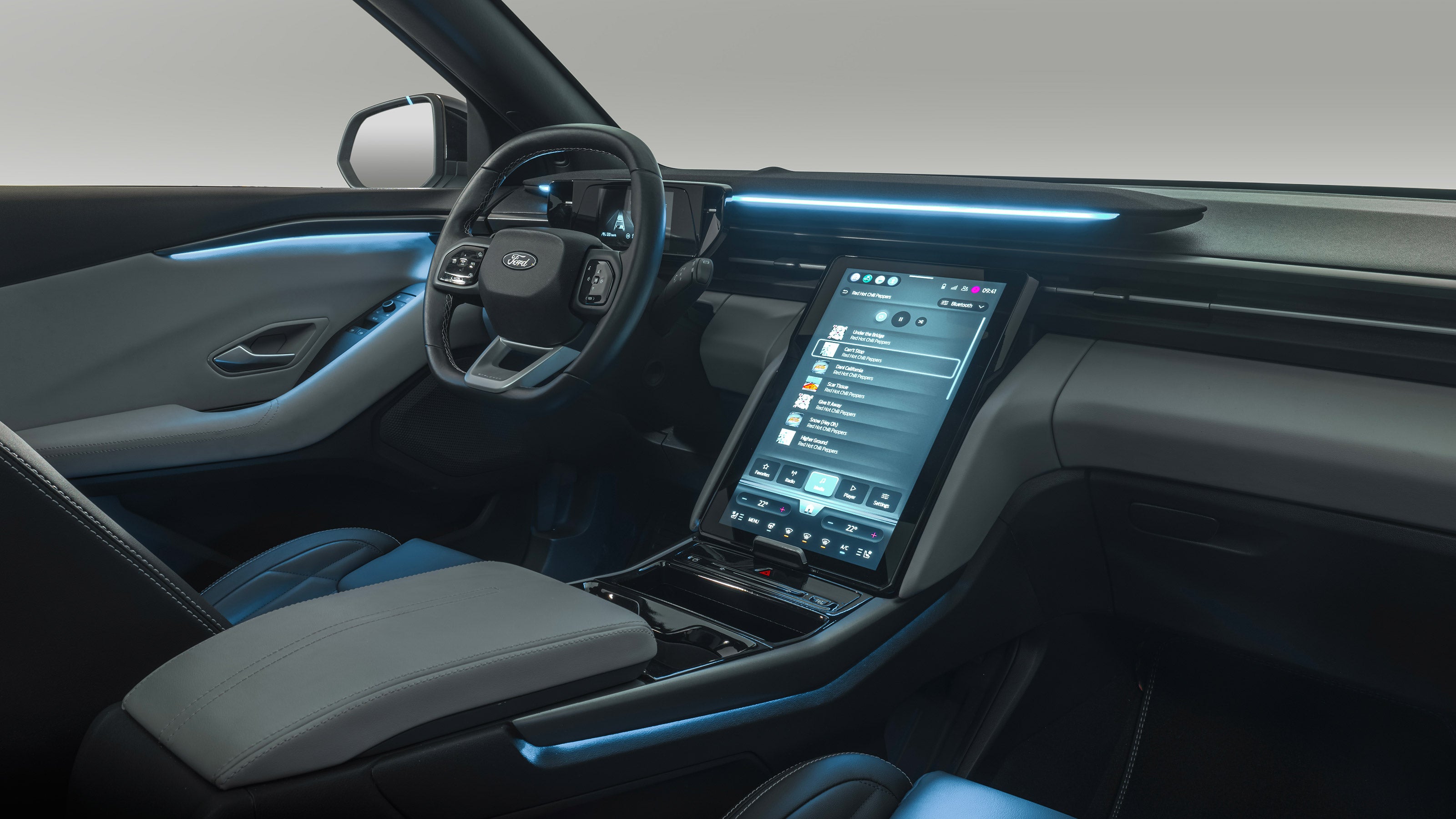
.jpg)
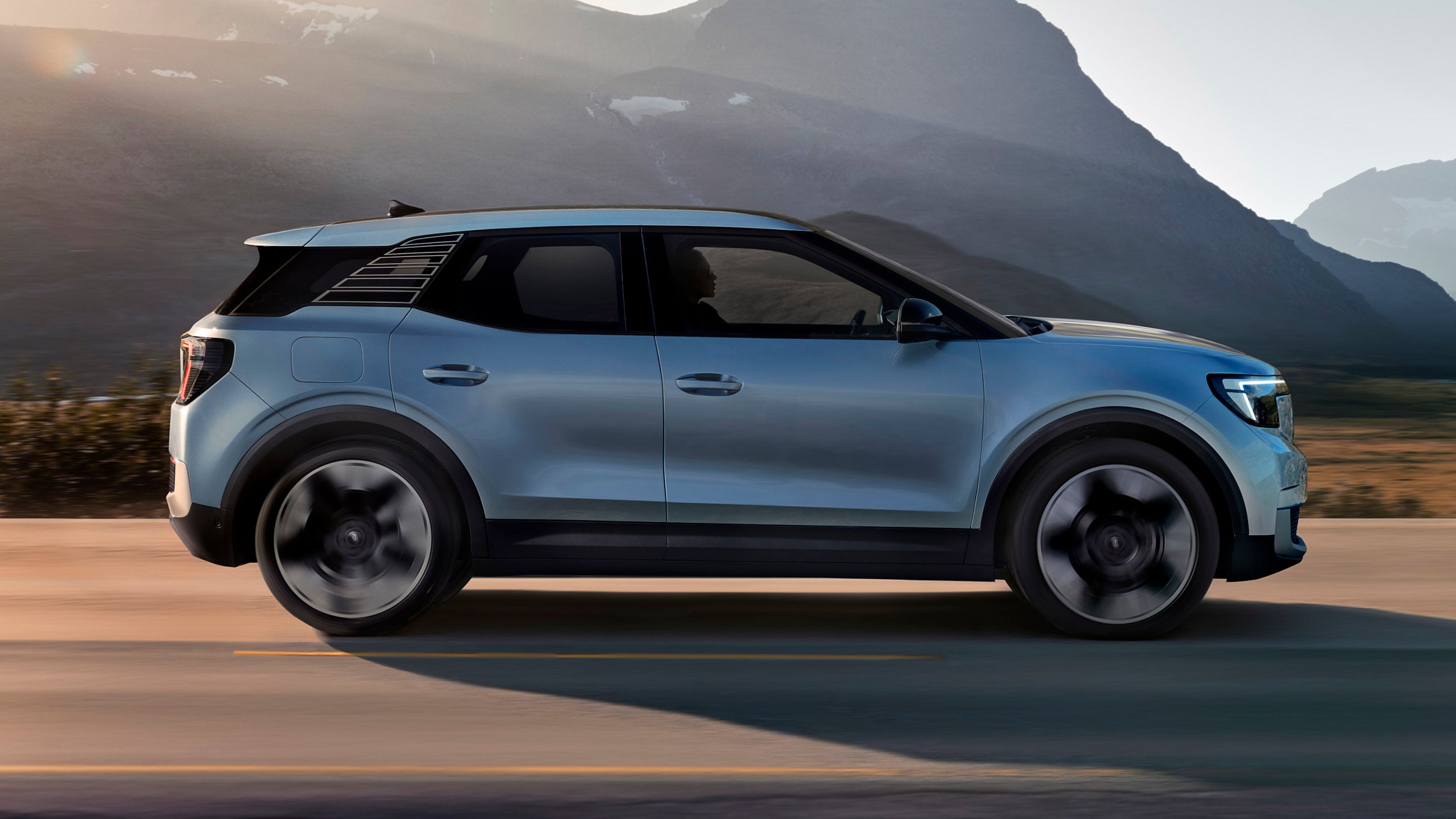
.jpg)
.jpg)
.jpg)
.jpg)
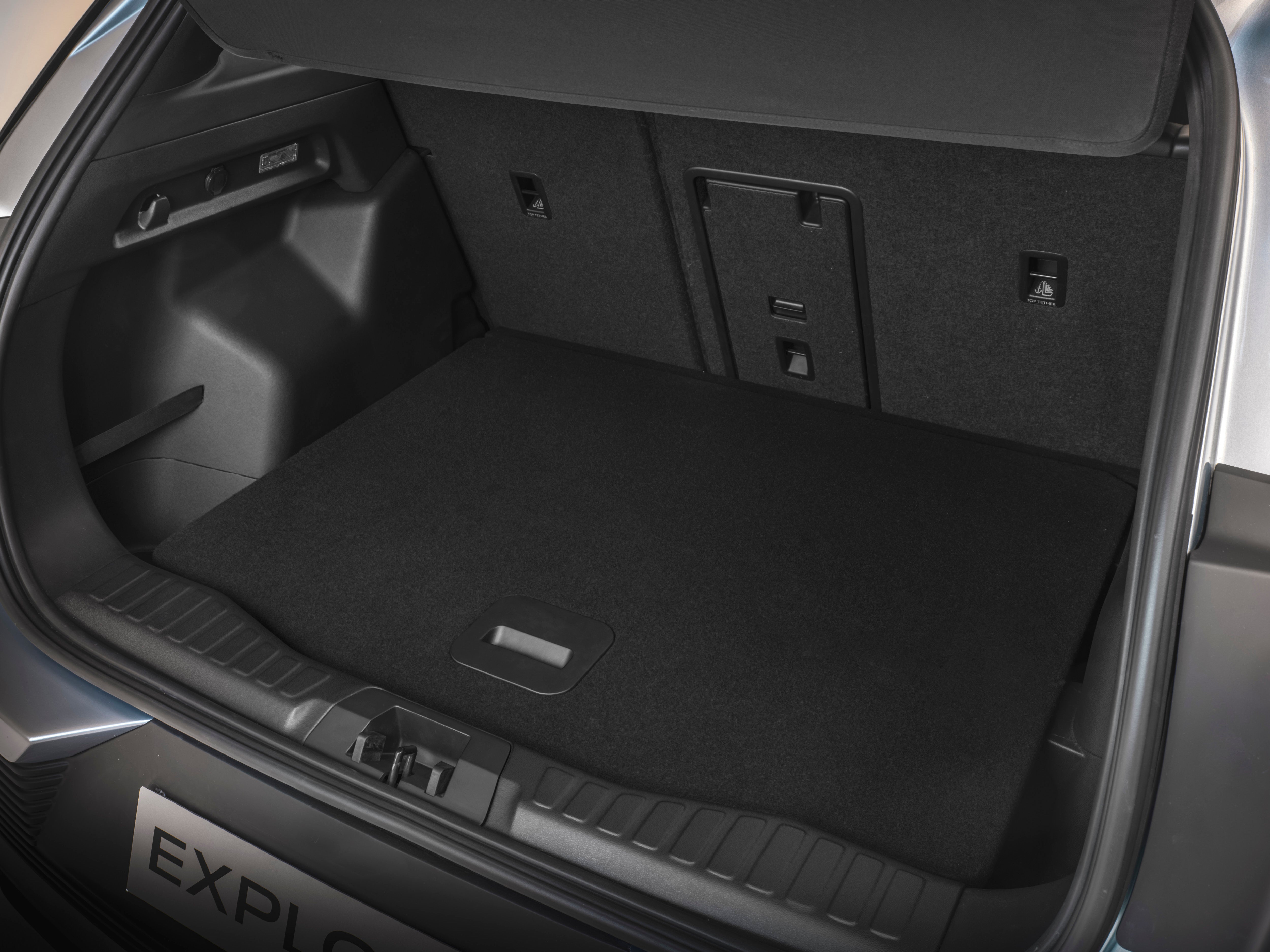
Ford Explorer Review

The Ford Explorer resurrects a name you’re probably only familiar with from Jurassic Park – but it’s no dinosaur.
With a crystal-clear screen, clean styling and impressive performance, the Explorer feels very modern indeed. But given its Volkswagen underpinnings, does it feel like a Ford?
- Good value as a used car
- Immediate performance
- Versatile, spacious interior
- Annoying touch controls
- Too heavy to be really fun
- Average warranty
Should I buy a Ford Explorer?
Ford got its fingers burned when it reinvented the Capri as a half-cooked electric SUV, and not as a lithe sports coupe. But the Explorer is a better fit – it’s always been used on SUVs in North America, and it’s just a cooler, more rugged name that makes you picture wilderness adventures and freedom.
The Explorer and the Capri are both here because of VW – they sit on the same platform and use the same parts as the Volkswagen ID.3 and ID.4, plus the likes of the Skoda Enyaq and Audi Q4. There are some hints of VW dotted around, such as the gearlever, but the Explorer manages to feel distinct from its mechanically similar rivals.
"There’s a vast reserve of power for rapid overtakes and for zipping out of busy junctions"
But it doesn’t totally feel like a Ford either. The touchscreen graphics and the Blue Oval badges are familiar, but it doesn’t drive with the same fizz as Fords of 10 years ago. Perhaps it’s harsh to expect it to, given that Ford’s engineers have had to package probably half a tonne of batteries.
.jpg&w=1280&q=75)
And does it look like a Ford? There aren’t many similarities with the Kuga, Puma or Focus. Take off the badges and you’d have no idea what it is – just something that looks clean and modern. There aren’t any fake grilles to make it look like a petrol car, and there are some interesting details in the side profile. It looks chunky without being too big.
Judge it not as a Ford, but as an electric SUV, and you'll find the Explorer stacks up. Pushing the wheels out to the periphery maximises interior space – rear legroom is very impressive – and the large 77kWh battery enables a best-case range of 374 miles. The fast-charging rate is strong, the interior storage makes the most of its EV platform, and the Explorer is quiet at speed.
Like many EVs, the Explorer promises to be very easy to live with. You can trust it – the relatively uncomplicated electric powertrain should be reliable, and Euro NCAP awarded it a five-star safety score (with 89% and 86% ratings for adult and child protection respectively).
Interior and technology

You might be surprised at first – the Explorer’s interior isn’t like a Fiesta’s or a Focus’ interior at all. It’s more like a Tesla or a Polestar. A large portrait touchscreen takes up the entire vertical area of the dashboard, buttons are banished and there’s a soundbar plonked on top of the dashboard.
The 14.6-inch touchscreen is laid out in a clear, easy-to-use way, with tiles on the home page for most-used features. Because it’s a reskinned version of VW’s latest infotainment system, you can personalise the home screen icons and the shortcuts in the top right of the screen. The graphics are fantastic and the screen is very responsive.
But sometimes a little confusing. There are a few usability quirks and you’ll need to press into more menus than you might expect to get to some features. It’s not immediately obvious that pressing the air con direction button is the way to bring up the climate control menu, while the built-in sat nav doesn’t seem to have a route cancellation option. Wireless Apple CarPlay and Android Auto are standard if you’d rather use Apple or Google Maps.
.jpg&w=1280&q=75)
Volkswagen has made a big song and dance of reintroducing physical buttons on the steering wheel because customer feedback was pretty damning, so it’s bizarre that the Explorer forges ahead with small touch panels for important functions on the steering wheel. We’re also a bit disappointed to see the frustrating pair of window switches that have to control both the front and rear windows.
Material quality is good enough without bothering the Audis and BMWs of the world. The squircle steering wheel is soft, and so are the grey leather-effect door pads. You’d expect this material to extend across the dashboard, because it’s all the same colour, but most of it’s a different feel altogether. Build quality is strong; the Explorer feels like it’ll cope with the mess and stress of a growing family.
Style trim opens the range with 19-inch alloy wheels, all-round LED lights, wireless phone charging, parking sensors at each end and adaptive cruise control. For cars registered after 1 April 2025, Style is the only trim that avoids the luxury car tax supplement.
Select is the mid-level trim but it’s only available with the Extended Range battery at the time of writing, which makes it more expensive than the small-battery Premium top-spec car. It’s probably our pick of the range, with a powered driver’s seat, heated front seats and a heated steering wheel – plus up to 374 miles of range. Premium has bigger wheels, a panoramic sunroof, a massaging driver’s seat, a powered bootlid and upgraded headlights. A heat pump is optional across the range.
Practicality

While the Ford Explorer sits on the same underpinnings as the Skoda Enyaq and Volkswagen ID.4, it’s actually a fair bit shorter than those cars. For its size, the Explorer is very practical indeed – it’s on a par with the class-leading Kia EV3 and Skoda Elroq. The 470-litre boot exactly matches those cars, although the flipside to all of these is that the larger cars can be picked up for a similar price.
There are a couple of hooks and straps in the boot, plus lights and a small cable storage cubby under the floor. Ideally we’d like the cable storage to be under the bonnet, but it’s a useful space nevertheless. A false floor is available and lets you stash slim valuables like a laptop out of sight. It also gives you a pretty much flat floor when the rear seats are folded down.
Rear legroom is fantastic, with lots of space between your knees and the seat in front. Headroom is good enough unless you’re at the taller end of the percentile chart, and three adults can fairly comfortably sit side-by-side; the flat floor offers foot room for the middle passenger.
.jpg&w=1280&q=75)
There’s a lot of front-seat adjustment, so you should find it easy enough to get your ideal driving position. Visibility is generally good, if a bit pinched behind you because of the car’s fairly narrow glasshouse.
The Explorer offers a huge amount of interior storage. With no need for a transmission tunnel like in a fuel-powered car, the Explorer has plenty of storage on the centre console, including a handy covered bit between the seats. The glovebox is a useful size, as are the door bins, and the centre armrest storage opens up to reveal a massive space – especially if you take the cupholders out.
The touchscreen hides a secret compartment, too. Using the lever at the base of the screen, it slides to a vertical position, revealing a useful zone for valuables (or, in our case, a bag of sweets you don’t want to share with anyone else). It’s a neat party piece, but a small part of us wonders how durable this mechanism will be.
Range and performance

Sitting under the floor is either a 52kWh (usable) or 77kWh battery – the same ones you’ll find in the VW and Skoda electric car lineups. The smaller Standard Range battery is good for a maximum of 233 miles, which should be enough for the majority of use cases.
Upgrade to the 77kWh battery – as most buyers will – and you can expect up to 374 miles on a full charge in mixed driving. It’s 20 miles less for the Premium trim and its bigger alloy wheels, while the Premium trim also gets a dual-motor all-wheel-drive variant, which returns up to 328 miles.
.jpg&w=1280&q=75)
Unusually, Ford quotes motorway range figures for the Explorer’s batteries. Its data suggests you’ll be able to cover 176 miles at motorway speeds in the Standard Range battery, and between 255 and 282 miles with the Extended Range battery.
The 52kWh battery is mated to a 170hp rear-mounted electric motor, and hits 0-62mph in a brisk 8.7 seconds. With a 286hp rear motor, the Extended Range powertrain also packs a greater punch, knocking almost 2.5 seconds off the 0-62mph time. The fastest is the 340hp all-wheel-drive version, with a hot hatch-beating acceleration time of 5.3 seconds. In fact, Ford could’ve marketed this as the Explorer ST – it's the same powertrain as the Skoda Enyaq vRS and VW ID.3 GTX – although perhaps it thought better than to use a badge previously reserved for powerful petrol cars on an EV.
Driving and comfort
.jpg&w=1280&q=75)
This isn’t a fast Ford in the vein of hotted-up Sierras, Fiestas and Focuses. It might sound ridiculous, but the Explorer’s driving experience is more akin to old-school Mustangs.
Our test car was the Extended Range 77kWh car with the 286hp motor, and we found it had more than enough power to be entertaining. Its accelerator pedal feels like an on/off switch – press it even fairly gently and you’re quickly gathering pace. That means there’s a vast reserve of power for rapid overtakes and for zipping out of busy junctions, and it feels sporty, but the immediacy of the pedal response did occasionally make us lurch back in our seats even when driving normally. The Skoda Elroq and Kia EV3 are slightly more relaxed in their power delivery; we’ll leave that to you to decide which sounds better.
The steering is more stable than the hyperactive Tesla Model Y, and it’s very responsive to your inputs.
.jpg&w=1280&q=75)
That combination of quick steering and plenty of power makes you want to drive the Explorer fast – or, at least, when the kids are out of the car. But the Explorer can’t escape its weight and, even though the skateboard battery pack is stashed under the floor, keeping the weight distribution low, the Ford leans through bends.
You spot its heaviness in the brakes as well; they’re not quite as punchy as you might hope. This is the same across the board in the VW-developed electric SUVs, because they use less powerful drum brakes on the back axle. In normal driving it’s good to use the ‘B’ mode for increased regenerative braking; do this all the time and the brakes could last the lifetime of the car.
Ford has given the Explorer a good balance between firmness and comfort. The impacts aren’t totally removed, but it’s not a bad experience by any means and something you’re not likely to be bothered by.

































.jpg&w=500&q=75)


.jpg&w=500&q=75)

.jpg&w=500&q=75)
.jpg&w=500&q=75)
.jpg&w=500&q=75)
.jpg&w=500&q=75)



